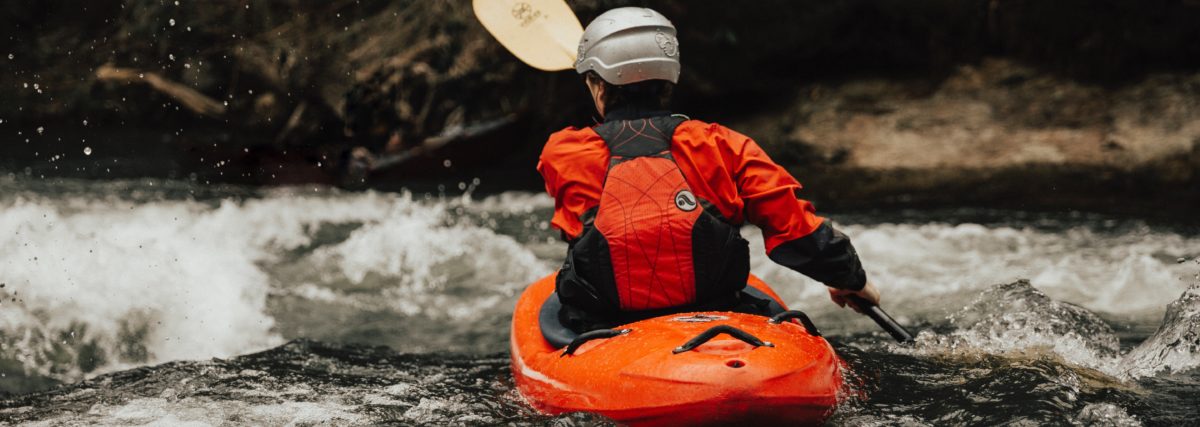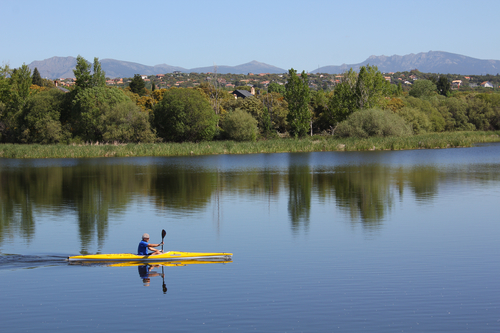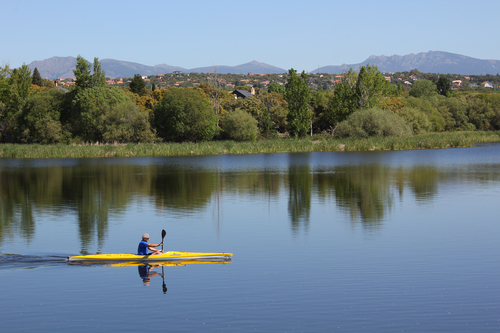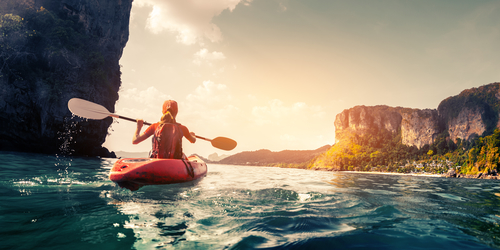Texas offers the perfect place for kayaking for beginners and experienced kayakers. It has a great number of waterways, lakes, and reservoirs. Kayaking spots in Texas vary from gentle, urban waters to secluded rapid-filled rivers.
Levels of Kayaking
The levels range from category 1-5 or A-E. The A/1 level is recommended purely for beginners and of course anyone else with experience. The E/5 level is for a certified kayaker. The level E/5 is achieved only after being credited by a well recognized institution.
Best Kayaking Spots for beginners in Texas
Colorado River
Colorado River is great for amateurs due to its gentle and peaceful demeanor. You will certainly not find any rapids along the river and is perfect for those seeking seclusion from swimmers.
Toledo Bend Reservoir
It’s found on the Texas Louisiana border. It has plenty of surface area. Its waters are typically flat with little creeks and bends. Surrounded by great rocks with scattered lushly green grass. It offers a cool place to just unwind and paddle all day.
Buffalo Bayou
It’s a 26-mile waterway that runs through the city thus popular for tourist and families. It’s a great place to kayak while enjoying Houston’s Natural Side.
Possum Kingdom Lake
It runs along the Brazos River. It’s a wonderful place for kayaking, surrounded by hills and Brazos River.
Brazos River
There are a few rapids you will experience on the Brazos. Water levels fluctuate depending on the year and spring and fall are the best time to go.
Its water has a copper tint yet clear as they flow from the rock bottom river. The rocky surrounding provides a good landscape with nice sunrises and sunsets on the river as it creeps through the Palo Pinto Mountains.
Best Kayaking spots for gurus in Texas
Devil’s River
Devil’s river is recommended for experienced Kayakers. Its water is treacherous with class III rapids. It’s serene with blue waters and the desert scenery consisting of very large hills and cliffs with little cactus vegetation.
Frio River
This is a cool gem for a river fed by an underground spring, therefore, its water is cool all throughout the year. Ideal for people during the summer. It’s one of the beautiful rivers in Texas with pure rock surroundings and magnificent Cypress trees. You will definitely fall in love with this river at first sight.
Rio Grande River
Characterized by class IV rapid, Rio Grande offers a great spot for kayaking. It’s surrounded with great features such as the sheer limestone walls towering 1500 ft. tall and great rocks that will make your trip a memory to treasure.
Austin’s Town Lake
It’s one of the most popular spots for kayaking, where paddlers paddle to the historic and great piece of Art, the Austin’s Congress Bridge. It offers great sunset views from the lake.
What’s the best time for Kayaking in Texas?
Water levels, temperature and wind strength are key factors to consider when to go kayaking. Considering the humidity levels, the temperature of Texas feel very nice throughout the year.
Spring is the best time of the year to go kayaking, followed by Autumn and closely followed by summer. Heat waves are to be considered during summer, which could be really dangerous for anyone outside participating in any physical activity. Texas is definitely a hot spot for kayaking, so next time you want to get some great water time, the above spots are the real deal.





